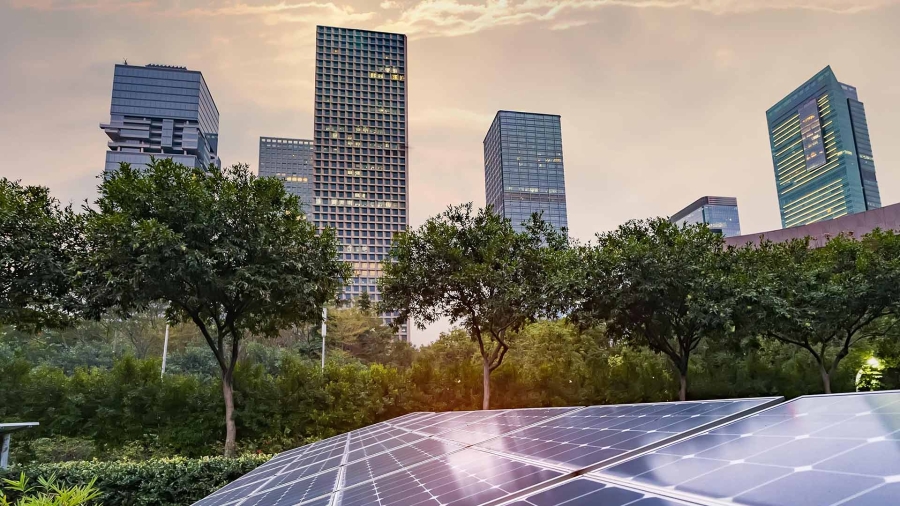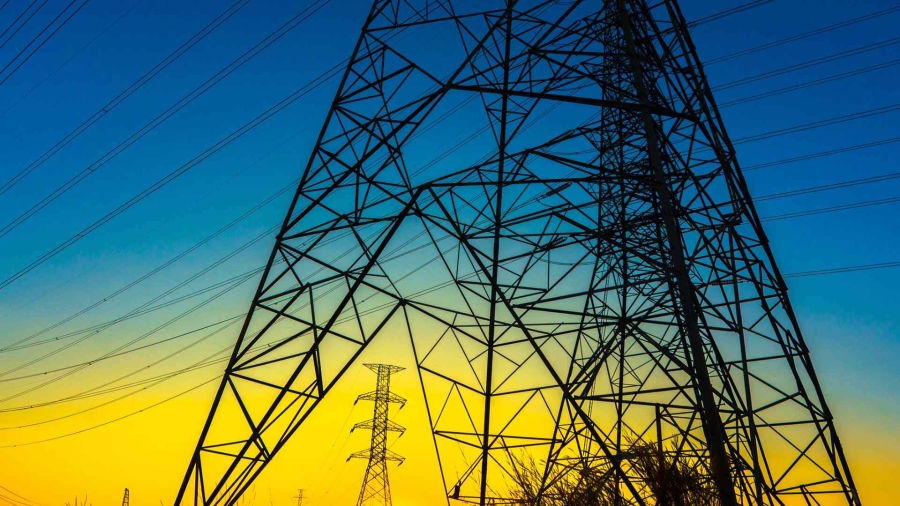The gap between the potential benefits of strategic sourcing and the proportion of companies that are harnessing them indicates that it could be an opportunity hiding in plain sight for many corporates. Furthermore, not having a strategic sourcing plan can leave a company exposed to market fluctuations that will pose a challenge for tight energy budgets.
The energy volatility challenge and opportunity
Energy supply and strategic sourcing efforts become even more important as energy costs become volatile. The recent “perfect storm” of circumstances in Australia (including political turmoil, the closure of coal-fired power plants and over-exported natural gas) is an indicative example. In a very short period, Australian firms saw their energy costs as much as triple. Extreme weather events, such as the January 2014 “polar vortex” that took place throughout the Eastern U.S. and Canada, caused real-time spot market prices to jump as much as 30 times (up to $1,500 per megawatt-hour, as reported by grid operator PJM Interconnection).
Energy price volatility can have real impact on a company’s bottom line and exposure to these risks can be mitigated with strategic energy sourcing. Strategic sourcing activities that help companies better manage (or even avoid altogether) increasing volatility can come in many forms. Of the companies that strongly agreed they are taking steps to deal with energy cost volatility, 71% are negotiating fixed-price purchasing contracts, 64% employ flexible-price purchasing and 57% have onsite generation. These sourcing strategies are shown to deliver favorable outcomes and most firms can use at least one of these techniques.
“Sustainability and Infrastructure Sourcing is the name of our department. So, we’re all technology sourcing managers. And we have embedded members of finance that provide support. It's a cross-functional team, and it ensures that finance and sourcing walk hand in hand.” ~ Telecommunications Company
Strategic energy sourcing fuels progress
The results of the research report also demonstrate that there is a correlation between firms that actively manage energy costs and those that invest in supply-side efforts. The businesses that identified strategic energy sourcing and risk management as a top initiative to deliver cost savings were found to be more likely to invest in an array of other innovative strategies and technologies. For example, these leaders are more likely to use battery storage (32% of firms, compared to 14%), and combined heat and power (CHP) (34% compared to 24%), with small increases in the use of on- and offsite renewables (55% to 50%, and 43% to 38%, respectively).
















